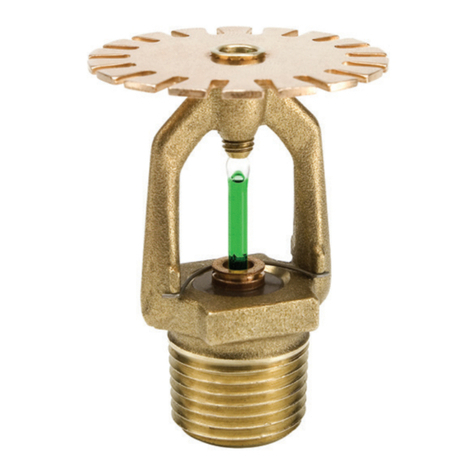
You absolutely must install a reservoir bulkhead into your reservoir. It’s a matter of drilling a
hole and screwing in the bulkhead. Once that is done, plug in the tubing and always gravity
feed water to the pump.
WHY DON’T YOU WANT TO INSTALL PUMP ABOVE THE RESERVOIR ?
This is something that we are answering all the time as most really want to mount the pump
high. Having the pump above the reservoir is just not what you want in a misting system.
Here’s Why:
-You never have water available instantly when you need it. If you have the pump above
the reservoir you first need to suck up the water to the pump, then mist. Always gravity
feed and be ready to mist right away!
-All our nozzle tips contain a check valve, meaning that they will stop majority of the
dripping right at the nozzle after the misting. This is a great feature but makes it more
difficult for the pump to self prime when the pump is above the reservoir.
-Remember, the pump does not act as a valve. If you have the pump above the reservoir,
water from the lines can drain over the hours between spraying, leaving a pump full of
air. This makes it even more difficult (or impossible!) to self prime.
-Always, gravity feed water to the pump for years of worry free service!



























